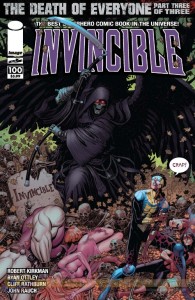 Editor’s Note: We can’t afford to be innocent. Stand up and face the spoilers.
Editor’s Note: We can’t afford to be innocent. Stand up and face the spoilers.
Over ten years, Invincible has evolved from a book about a teenaged hero learning both his powers and how to balance being a superhero and a high school student, into an experiment in comic superhero universe building. Seriously: this book has gone from a relatively small-scale story about a dude whose dad was basically Superman, fighting small-scale villains like mad bombers blowing up high school kids, to a seriously ambitious epic about interstellar travel, interplanetary war, politics and intrigues across multiple race, numerous superteams, and a pinkish, one-eyed powerhouse named Allen. Okay, some parts were more ambitious than others, but that’s not the point.
The point is that Invincible, over the years, became something that in almost no way resembled what it started out as: a simple superhero book that was pretty reminiscent of early Spider-Man. And as with The Amazing Spider-Man, Invincible has built up a huge amount of continuity that could make the book inscrutable to new readers. Which means that, as with The Amazing Spider-Man, it seems that writer Robert Kirkman has decided that, with Invincible #100, it’s time for a good, old-fashioned reboot.
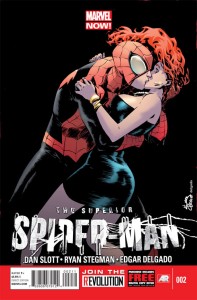
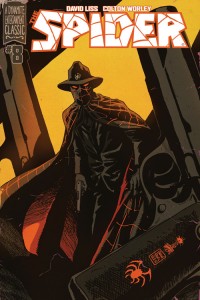
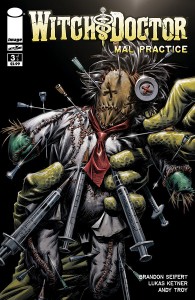
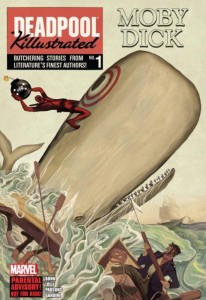
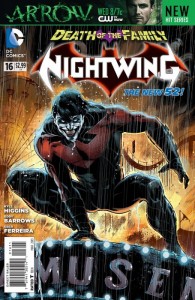
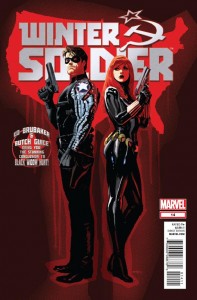
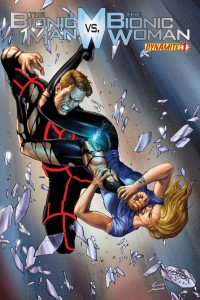
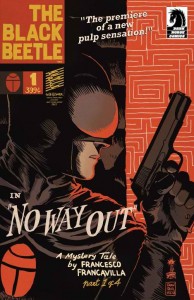
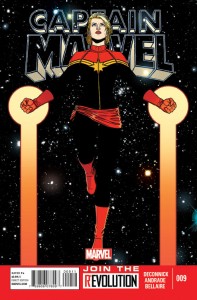
 Podcast RSS Feed
Podcast RSS Feed iTunes
iTunes Google Play
Google Play Stitcher
Stitcher TuneIn Radio
TuneIn Radio Android
Android Miro Media Player
Miro Media Player Comics Podcast Network
Comics Podcast Network